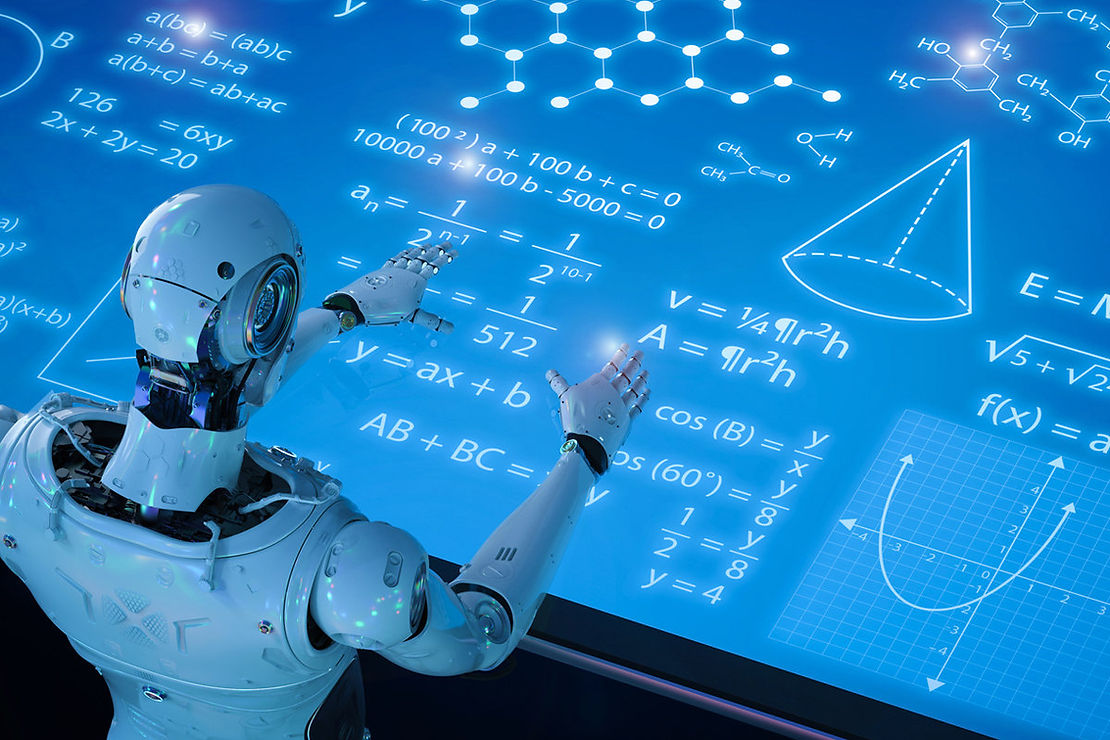By: Jy Hung Ong
Very recently, artificial intelligence, or A.I., has merged with our everyday lives. Humans want their lives to be easier and require less steps to do complex things, such as mathematics or analyzing hospital patients. Mathematicians are no different. They have begun adapting to artificial intelligence to solve more difficult mathematical problems.
In 2019, Christian Szegedy, a computer scientist at a startup in California, predicted that by the next decade A.I. could possibly beat the best mathematicians at solving problems. In 2022, however, he revised that date to 2026.
An example of math A.I. is called a proof assistant, also known as an interactive theorem prover. The most recent proof assistant is called Lean. It uses automated reasoning, fueled by GOFAI, or Good Old-Fashioned Artificial Intelligence. Currently, the bot has verified a mathematical theorem about turning a sphere inside out.
However, this type of A.I. also has disadvantages. The technology often “complains” about not understanding the definitions, axioms, and reasoning steps of mathematics, and for this reason is called a “proof whiner”.
Another way A.I. can be used with math is with MathGPT. This bot is not used to provide answers to math problems, like ChatGPT. Instead, it is used to teach humans math.
On April 19, Peter Relan, an investor and board member for Got It Education (the creator of MathGPT), talked about MathGPT at the ASU+GSV Summit, saying it was a new A.I. gadget used to change the way students learn math forever. ChatGPT gained a lot of attention last year because it could be used by students to cheat in school. However, unlike ChatGPT, MathGPT is trained using textbooks.
“There’s a chatbot that totally understands my textbook, and we are in the process of building it. by textbook, not like a generic chatbot like ChatGPT … You can just talk in English, you just chat with your book,” Relan said at the summit.
MathGPT is used to both lecture and respond to student’s solutions, sending specific student data directly to the teacher. “If the classroom is working with MathGPT, the entire class is working away and you’re getting real time data … Students are now identified (for) you and you can say, ‘Hey this part of the class is struggling with this section,’” Relan continued.
Math is not the only subject where A.I. is useful. The technology can also be used for cancer treatment. There is an electronic record for each cancer patient, how long they had cancer, and what worked to cure it. This is important because scientists can see what worked to cure the patient, so they will use the method more often to cure other patients.
“The primary purpose of gathering all this information is to treat each patient properly and effectively. But all this information has enduring value by creating a large data set from which patterns can be analyzed for the benefit of future patients,” claims Sohrab Shah, PHD.
A.I. will help humans analyze medical pictures, including diagnostic images and pathology slides. According to MSKCC, “These are promising tools with the potential to significantly augment a human expert’s perception, stamina, and efficiency.”











